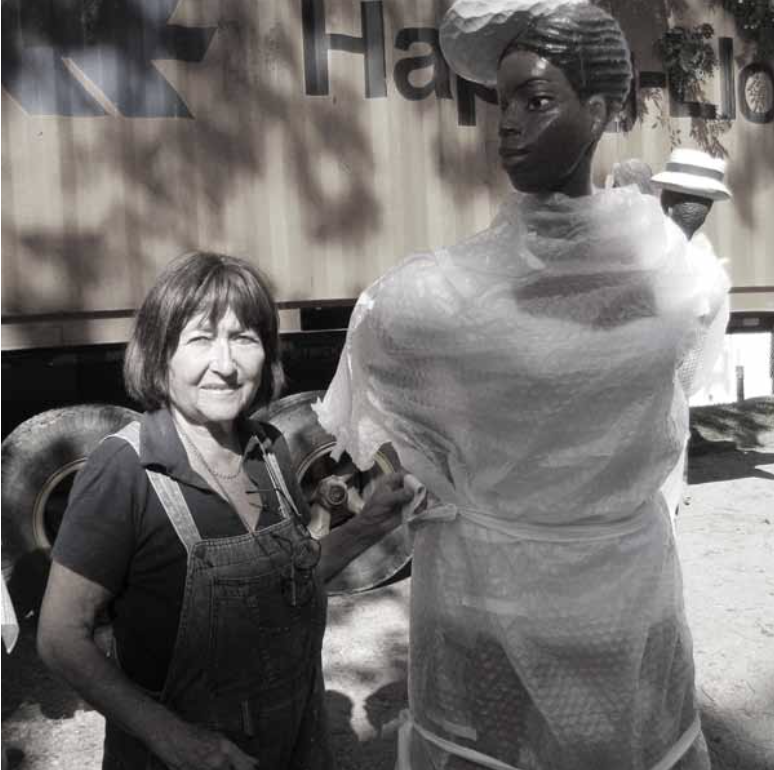I started making figurative carvings from whole trees in Tobago, where I am free to do what I like.
There is an assumption in England and Germany about what art is, and figurative work, carvings, ceramics are not serious art. There is a prejudice against folk-lore, religious, ethnic and decorative work.
And messages or stories in work of art are labelled literal, and therefore not art.
So I have been lucky to work very far away from any art scene, and to develop my own ideas. First I drew, painted and carved nature studies in Tobago. Then I studied the folklore of Trinidad and Tobago, and carved those figures.
I have always been a passionate dancer, and I love ballet in all forms, particularly Nijinsky, the Russian genius of the Ballets Russes around 1911. I still carve figures from those ballets. Recently in Cuba I have made sculptures from wax, which totally liberates shapes and possibilities from the limits of tree trunks. However, once a year in May or June I carve tree trunks in the forest of Germany.
I went to Suriname and Guyana to study Maroon art, and incorporated those designs into my house. The local Baptist religions have a very close resemblance
to the Voodoo ceremonies I saw in Haiti, and to the Orisha religions of Africa. When I came to Cuba I saw people dressed in white , witnessed the rumba, saw Orisha shrines in most houses, and am learning about that religion.
It is quite wonderful if a work of art has more meaning than just l’art pour l’art, which is so predominant in European art. But now from the former communist countries of the East, Russia and East Germany, have risen well-trained artists who paint pictures with stories in historical, pictorial, literal decorative styles- all is allowed and well fashionable. I admire the work i see in Cuba, and the people I am lucky to be working with at the Taller Cultural in Santiago de Cuba. Their work tells a story, or carries a message, and their training and cultural background is so rich and undiluted that for me Cuba is the centre of the arts in the Americas.
I show my work every two years in Trinidad, and my museum in Tobago is open every Sunday for four hours. I get a lot of response, and the occasional sale, without having to exhibit all over the place, which, for a sculptor whose main material is wood, is not possible; sculpture from solid trunks cannot take different temperatures without opening.
– Luise Kimme
Bolero, 2008
